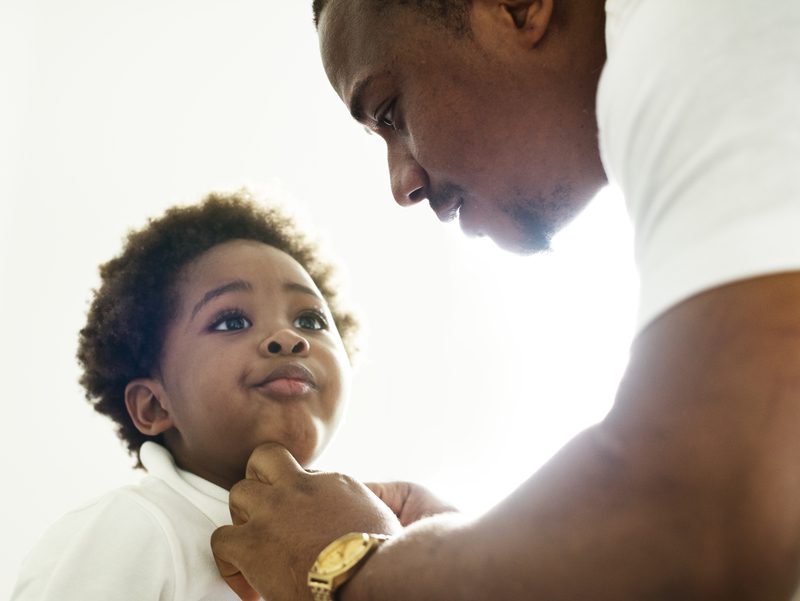Adopting a child is a profound journey that involves more than just expanding a family; it’s about forging deep, enduring connections with a child. For many adoptive parents, the bonding process is both rewarding and complex, filled with unique challenges and opportunities for growth. Understanding the child’s perspective, employing playful interactions, and maintaining open communication are vital strategies in building a strong, loving relationship. This guide delves into these methods, offering practical advice on how to navigate the trials and triumphs of bonding with an adoptive child.
Understanding Your Child’s Background
Grasping the history and previous experiences of an adoptive child is crucial in understanding their behavior and emotional responses. Children coming into new family environments often carry memories of past interactions that shape their expectations and reactions.
Recognizing the Signs of Past Traumas
Many adopted children have experienced disruptions in their early relationships, which can manifest as difficulty in forming attachments or showing affection. Being aware of these signs can prepare adoptive parents to respond with greater sensitivity and support.
Validating Their Feelings
Acknowledging and validating a child’s feelings about their past and their adoption is crucial. This reassurance can help children feel safer and more understood in their new environment, which is fundamental to developing trust.
Employing Play to Build Connection
Play is a universal language among children and serves as a powerful tool for communication and connection. Through play, parents can learn more about their child’s personality, likes, and dislikes, and begin to establish a strong emotional bond.
Structured and Unstructured Play
Incorporating both structured activities and free play can be beneficial. Structured play, such as board games or craft projects, provides opportunities for interaction within a clear framework, which can be comforting for children who feel uncertain. Unstructured play allows the child to express themselves freely and take the lead, which builds confidence and trust.
Using Play to Teach and Soothe
Play can also be therapeutic. It can help children work through anxieties and fears in a safe environment. Role-playing, dolls, and puppets can be particularly effective in helping children act out and understand their feelings.
Facilitating Open Communication
Open, honest communication is essential in forming an attachment with an adoptive child. It involves listening actively, speaking honestly, and establishing a safe space where the child feels comfortable sharing their thoughts and feelings.
Developing a Language of Love
Every child communicates and receives love differently. For some, physical affection is their language of love, while others might respond better to words of affirmation or quality time spent together. Identifying and adapting to your child’s preferred communication style can significantly enhance the bonding process.
Continual Dialogue
Maintaining an ongoing dialogue about the child’s thoughts on adoption, their feelings about their biological families, and their sense of identity should be encouraged. This ongoing conversation can reassure children that it’s safe to express complex emotions, which can strengthen the trust and attachment between parent and child.
Addressing Setbacks in Bonding
The journey of bonding with an adoptive child might not always be smooth. Setbacks can occur, and understanding how to navigate these is crucial for both the child and parent.
Patience and Persistence
Setbacks can be disheartening, but patience and persistence are key. Bonding might take longer for some children than others, particularly if they have experienced neglect, trauma, or multiple placements.
Professional Support
Sometimes, professional help from a therapist or counselor trained in adoption issues can be beneficial. They can offer strategies and interventions to help overcome bonding challenges and address any behavioral or emotional issues the child is facing.
Navigating the adoption process and building bonds involves a deep commitment to understanding and nurturing the child, backed by patience and love. It requires empathy, resilience, and an openness to learn and adapt as parents. The strategies discussed here provide a foundation for adoptive parents to start building a strong, emotional connection with their child, making the transition into a new family as smooth as possible. Through understanding, play, and communication, adoptive families can develop lasting bonds, turning challenges into a fulfilling journey of mutual growth and love.
Embarking on the journey of adoption and bonding with your child is profound and sometimes challenging. We’re dedicated to supporting families through every step of this incredible journey. Our specialized adoption support services offer guidance, resources, and compassionate advice to help you build lasting connections. Contact us today and let’s create strong family bonds together!

